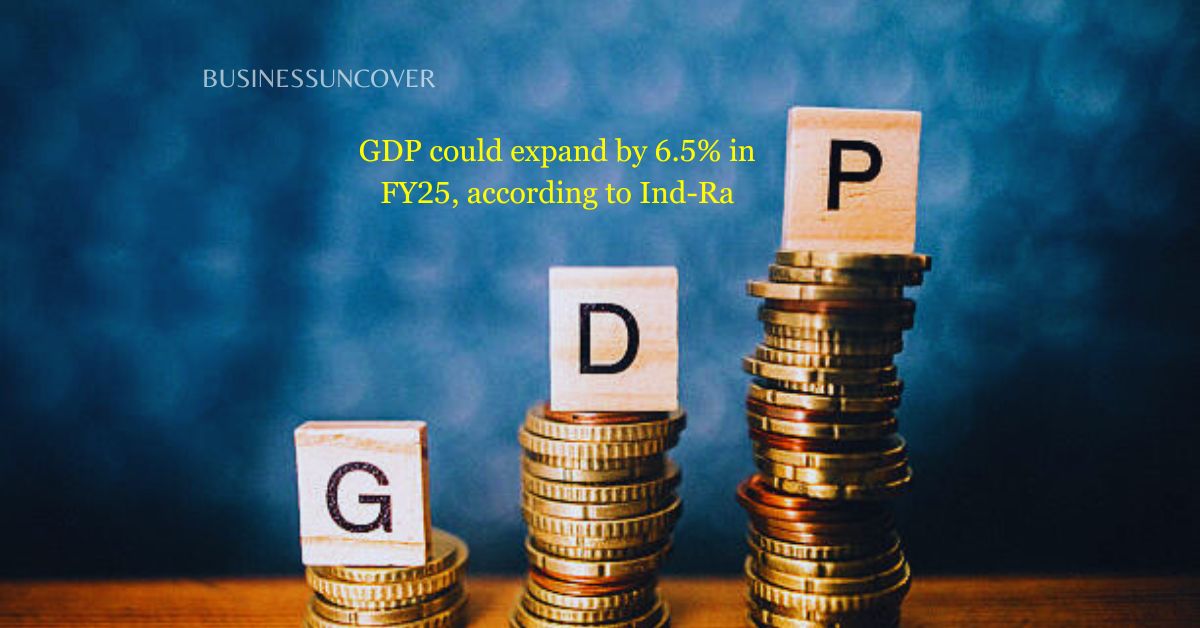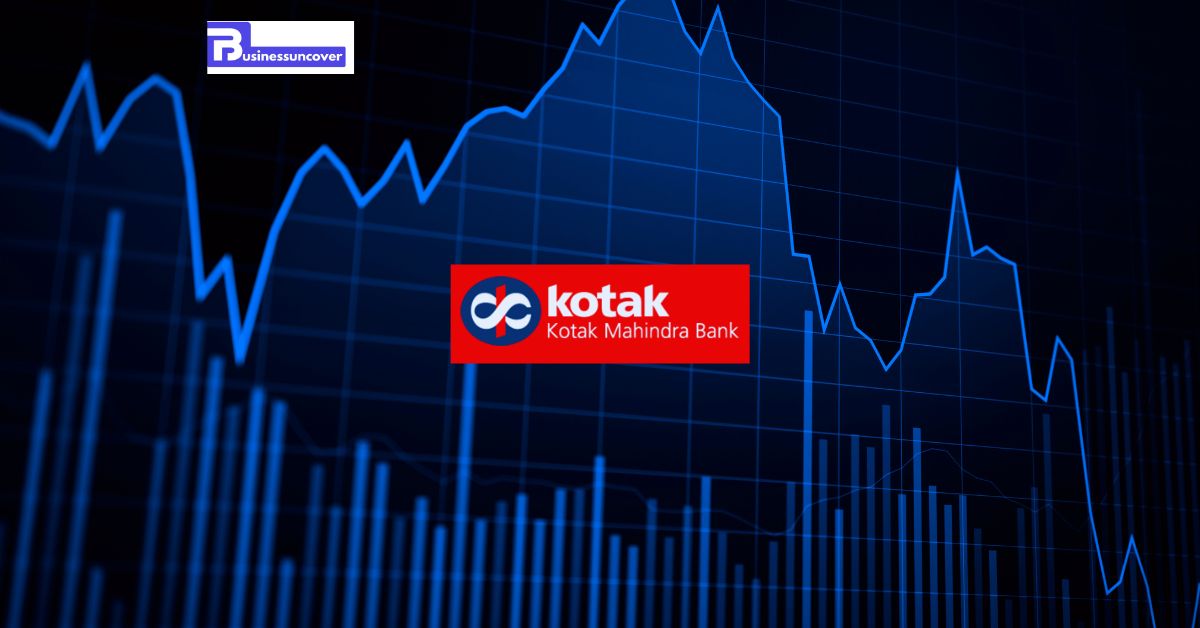GDP: The government’s push for capital expenditures, the decline in global commodity prices, and “healthy” corporate performance are the main factors driving India’s economy’s 6.5% growth rate in FY25, according to a report released on Thursday by India Ratings and Research (Ind-Ra).
However, the estimate is far less than the Reserve Bank of India’s (RBI) prediction of 7% GDP growth in the upcoming year. The National Statistical Office has estimated that India’s economy will grow by 7.3% in FY24.
The report stated that the sequential GDP growth shows that the economic recovery is on track despite the base effect and that a new private corporate capex cycle may occur in the upcoming fiscal year.
According to Sunil Kumar Sinha, principal economist at Ind-Ra, “private (corporate sector) investments have been down and out for nearly a decade.” However, all of the lead indicators point to the private corporate sector being once more optimistic about investments at this particular moment.
The private sector raised Rs 3.56 trillion to fund 982 projects in FY23, according to Ind-Ra. This is a significant increase from the Rs 1.98 trillion raised to fund 791 projects in FY22.
According to the RBI’s most recent bulletin, the total cost of projects for which major banks approved loans was Rs 2.4 trillion from April to December 2023—a 23% increase over the same period the previous year.
It is anticipated that the growth in gross value added (GVA) will slow down to 6.4% in FY25 from 6.9% in 2018. The agriculture sector is predicted to grow by 3% in GVA, up from 1.8% in FY24, while industry growth is predicted to decline to 6.5% from 7.9%. The growth of the service sector is also predicted to decrease, from 7.7% in FY24 to 7.3% in FY25.
Having said that, Ind-Ra emphasized that the increase in Wholesale Price Index (WPI) inflation would have an impact on GVA growth in FY25. WPI has been in inflation since November of FY24, having been in deflation from April to October. If an increase in input costs is not sufficiently reflected in output prices, value addition, and corporate margin will decline. Producers will find it challenging to pass on the higher input costs to output prices given the narrow base of consumption, according to Sinha.






